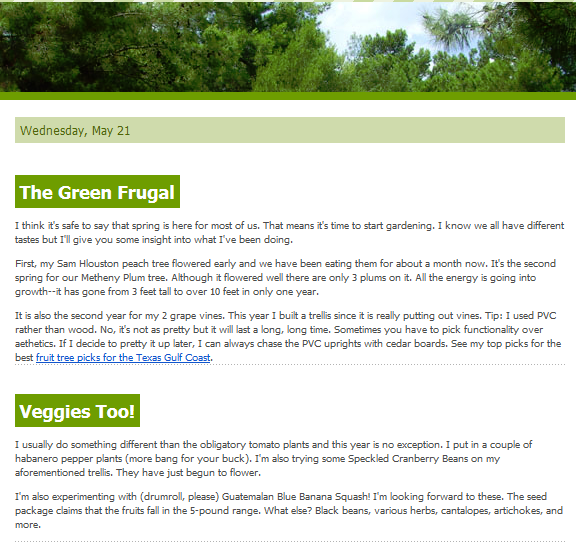The 4 Biggest Trends in Inbound Marketing
Target Customers and Build a Returning Client List
Copyright © 2014 Kelly Smith; all rights reserved; content may not be copied, rewritten, or republished without author’s written permission.
Inbound marketing is rapidly replacing the outbound model as the primary means to attract, convert, and retain customers. The outbound model was a shotgun approach; throw the brand out there haphazardly and hope something sticks.
It was just a numbers game but it was the only game in town. The Internet, social media, data aggregation, and effective message delivery are some factors that have made the inbound paradigm not only possible, but imperative; if you’re not leading or at least slogging along with the leaders, get out of the way.
It’s a constantly evolving model. Let’s look at the four biggest trends in inbound marketing.
- Using cutting-edge delivery methods. An inbound marketing message and call to action isn’t worth a nickel if you can’t get it out there better than the competition.
Pinging allows broadcasting the URL of your current message whether the content format is an article, newsletter, or another. A basic tenet of inbound marketing is targeting your audience. Pinging services like Pingler allow you to do that by picking and choosing from a smorgasbord of niches.
They also allow you to ping on auto-pilot. Social media outlets like Twitter, Google+, and Facebook are effective. Newsletters serve to keep current customers on the radar screen and to fish for prospects.
- Establishing an expected routine. Especially with newsletters, it is important, nay, critical, to deliver your brand and inbound marketing message on a dependable schedule, be it weekly, bi-weekly, or monthly.

If you are blasting out newsletters, it is in your best interest to make them look as professional as possible. Almost all modern browsers today have no problem rendering HTML newsletters so why settle for the plain text versions. The newsletter image above was produced with software called SendBlaster Pro.
This is also true if you roll down the media avenues of Google+ hangouts, webinars, or post podcasts of webinars past for those who suffer time zone trauma. Being consistent and dependable is far from boring; rather it makes your customers say, “Hey, these guys are on the ball.”
- Making effective use of case studies in inbound marketing content. Inbound marketing case studies can be better conversion tools than testimonials in inbound marketing if used properly, layering in the good, the bad, and the ugly.
Why? For one thing, although testimonials carry some weight, they’re always gushing with satisfaction, which reek of an artificial pick-and-choose editorial process. Not only that, but they are reminiscent of the canned one-line reviews on the cover flap of the latest novel.
Case studies are real, substantive, and answer your customer’s real questions. Did the product or service live up to expectations? Was a critical delivery time frame met? How responsive was customer service when there was an issue?
It makes more sense to link to case studies rather than embed them in the text of content. Decision-makers are busy enough; if they want to read them they will. If not, at least they had the opportunity and can revisit if they wish.
- Migrating your site to responsive design. Every month, day by day, more people are using their mobile devices rather than their workstations or home PCs. There are two inherent problems with this.
First, an overwhelming number of sites are rigidly tied to the typical PC sized monitor. Secondly, users have a very limited patience threshold. If they are on their phones or tablets and are working their fingers to a nub scrolling, pinching, and unpinching, they are just not having a productive experience; they are getting a dexterous workout instead and will click away before you get to any kind of opportunity for conversion.
This is especially true if your site is large enough to require a lot of navigation. Find a sponsor for your web site. Get paid for your great content. shareasale.com.
In short, if you have not yet embraced inbound marketing, now is the time. For the time being at least, this is the marketing paradigm driving sales.
Articles Others are Reading
- Making Ends Meet — Is it Possible to Make Money Online?
- Innovative Ways to Grow a Greener Business
- Popular Eco-Friendly Businesses
- Introduction to Investment
Visit Kelly's profile on Pinterest.
Website © 2011 KSmith Media, LLC; all rights reserved; content may not be copied, rewritten, or republished without written permission; Webmaster’s Google profile





